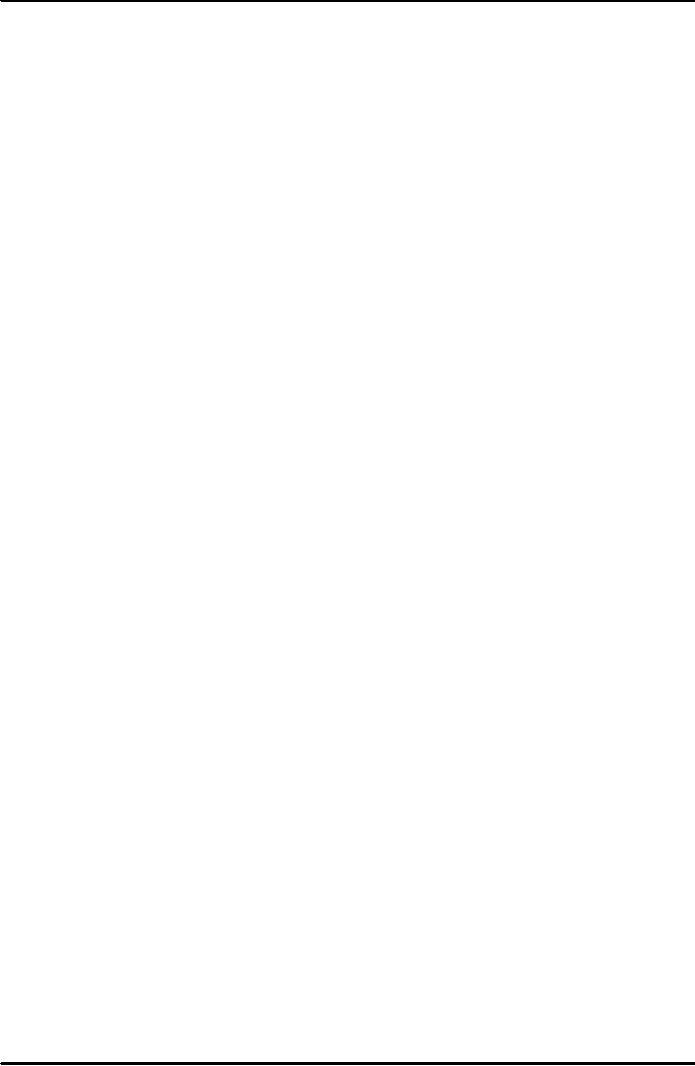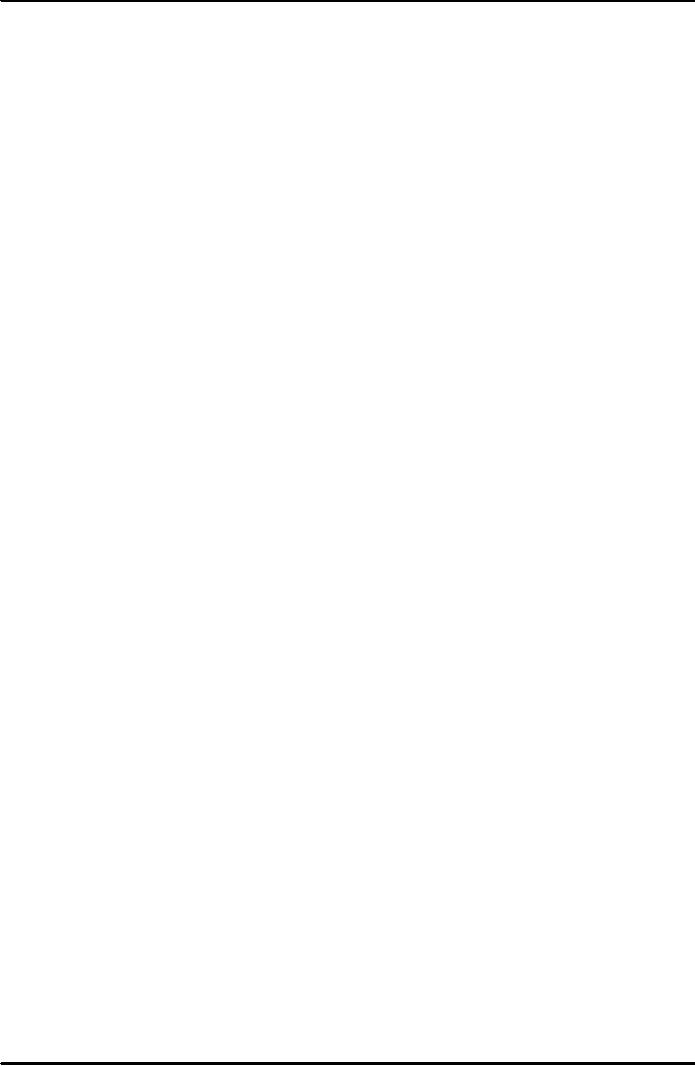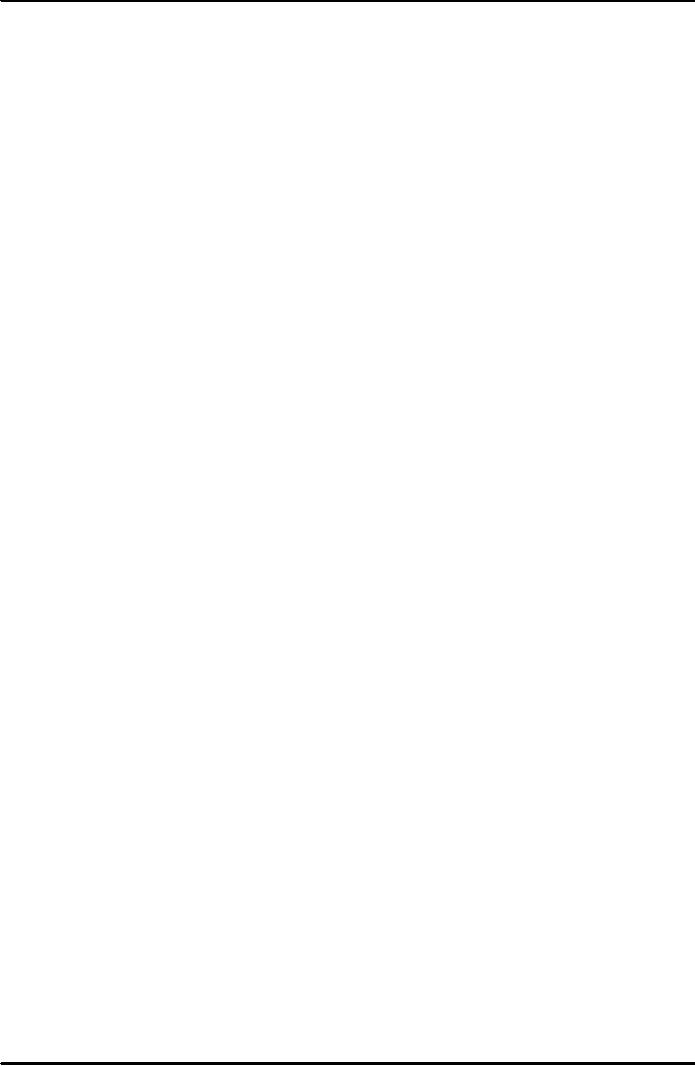 |
PROSPECTORS |
| << ORGANIZATIONAL ADAPTATION |
| SKELETAL MODEL OF ADAPTATIONq >> |

Change
Management MGMT625
VU
Lesson
# 24
2.
PROSPECTORS
The
prospector enacts an environment that is
more dynamic than other types of
organizations. Unlike the
defender,
whose success comes
primarily from efficiently
serving a stable market, the prospector's
prime
capability
is that of finding and exploiting
new product and market
opportunities. For
Prospector
maintaining
a reputation as an innovator in product
and market development may be
perhaps more
important
profitability
Entrepreneurial
problem for prospector is how to locate
and develop market
opportunities? The
systemic
addition of
new products or markets, combined
with retrenchment in other parts of
domain characterizes
the prospector.
The prospector must have the ability to
scan, survey a wide range of
environmental trends
and events.
So the organization spends heavily on
individual and groups who scan the
environment.
Change
(within industry and to
different industry) is major
tool of the Prospector manager to
gain edge
over
competitors. Product and market
innovation protect the organization
from a changing
environment
but the
organization risks the low level of
profitability and stretch (over
expansion) of it resources.
Engineering
problem for prospector is how to
avoid long term commitments to a single
technological
process?
Therefore the solution for
this problem from prospector's
perspective is to invest in
flexible,
proto-type
technologies, and also to invest in
multiple technologies. Prospectors have
low degree of
routinization
and mechanization. Prospectors believe in
organic organization where technology
is
embedded in
people. Therefore technological
flexibility permits a rapid response to
changing domains but
the
organization cannot develop economies
(or efficiency) in production and
distribution system
because
of multiple
technologies. This type of
decentralisation increases cost as
economies are difficult to
achieve
through
this way.
Administrative
problem for prospector is how to
facilitate and coordinate (rather
control) numerous and
diverse
operations? Solution for this
problem for prospector lies in
having organic-structure-process
mechanism.
Therefore top management is
dominated by R & D and marketing experts,
planning is
broader rather
than intensive, and oriented towards
results not methods. The
prospector's structure is
characterised
by low degree of formalization,
decentralized control, lateral and
vertical communication,
etc.
Therefore flexibility is the catchword
for all three types of problems of
entrepreneurial, engineering
and
administrative. Administrative system is
ideal to maintain flexibility and
effectiveness but may
result
in
underutilization or misdirected utilization of
resources.
3.
Analyzer
The
research shows that the
defender and prospector seem to reside at
the opposite ends of continuum
of
adjustment
strategies. Between these
two extreme we have analyzer and it is a
unique combination of the
two types. A
true Analyzer is an organization
that attempts to minimize
risk while maximizing
the
opportunity
for profit. It combines the
strengths of both the prospector and
defender into a single
system.
The
best word to describe
Analyzer's adaptive approach is
"balance".
The
entrepreneurial problem is how to locate
and exploit new products and
market opportunities
while
simultaneously
maintaining a firm base of
traditional products and customers. The
obvious solution is to
operate in
hybrid domain that is
both stable and changing.
The analyzer move towards
new markets or
products
only after their viability
has been demonstrated. This
may be accomplished though imitation
of
the prospector
once success is demonstrated by the
prominent prospector. At the same
time majority of
the
analyzer's revenue is generated by a
fairly set of traditional products or
markets a defenders'
attribute.
The
operational efficiency of defender is to
pursue and effectiveness of prospector in looking
for new
markets and
products. Therefore analyzer can
grow through both market
penetration and market
development
strategies.
The
duality of analyzer's domain is
reflected in its engineering
problem and solution. The
main problem
for
analyzer is how to be efficient in
its technology which a stable
portion and to be a flexible in
changing
57

Change
Management MGMT625
VU
portion?
The organization must learn
how to achieve and protect equilibrium
between conflicting
demands
for technological flexibility and
for technological
stability.
This
equilibrium is accomplished by partitioning
production activities to form a
dual technological
core.
Stable component
resembles the defender's technology
functionally organized, routinized,
standardized
and
mechanized while flexible
technological component resemble the prospector's
technological
orientation
functionally decentralized and
organic.
Administrative
problem is how to differentiate the
organization structure and processes to
accommodate
both
stable and dynamic areas of
operation. Therefore analyzer
solves this problem through
some version
of matrix
organization. The head of
key functional units, most
notably engineering and production
unite
with
product managers (usually
housed in marketing department) to form a
balanced dominant coalition.
The
product managers' influence is usually
greater than the functional manager
since his task is to
identify
promising product- market
innovations and to supervise their
movement through applied
engineering
and into production in a smooth and
timely manner. The presence of
engineering and
production
in the dominant coalition is to represent
the more stable domain and technology
which are the
foundations
of the Analyzer's overall
operations.
4.
Reactors
Besides the
fourth type of organizations is
Reactors. This type of
organization exhibits a pattern
of
adjustment to
its environment that is both
inconsistent and unstable. This type lacks a
set of response
mechanism
which it can consistently
apply to a changing environment.
The reactors adaptive
cycle
usually
consists of responding inappropriately to
environmental change and
uncertainty, performing
poorly as a
result, and then reluctant to
act aggressively in the
future.
Interesting
question here would be why
organizations become reactors?
Three reasons cited by
the
authors,
Miles & Snow et al, and
are as follows:
i)
Top
management may not have
clearly articulated the organization's
strategy. For example a
company
founded by one-man (prospector with
immense personal skills)
successfully
establishes
its business but upon
his death the firm is in strategic
void.
ii)
Management
does not fully shape the
organization structure and processes to
fit to a chosen
strategy.
Strategy is a mere statement
not a guide to behavior;
similarly functional
strategies
might
not be aligned. This is a
typical case with
organizations in LDCs to come
forth quick
with
beautiful written vision and mission
statements and other strategy
documents.
iii)
The
ultimate cause of instability and
failure might be the tendency on the part
of management
to maintain
the organizations current
strategy-structure relationship despite
overwhelming
changes in
environmental conditions.
Adaptation
and Strategic
Management
Adaptation
in one respect can be identified as
strategic management as well. Therefore
some scholars
define
strategic management as the process of
continuously adapting to the changes in a
firm's
environment
is called strategic management. According
to Scott and Greiner too,
"strategic management
is not
only needed to cope with
changes in firm's external
environment but also to cope
with changes
caused by
processes internal to the firm (Scott,
Greiner)". While to Ansoff
the question is how do
we
configure
the resources of the firm for
effective response to unanticipated
surprises? This leads us to
the
recently
developed perspective of strategic management
known as Resource Based View
(RBV).
According
Cyert and March, "The
successful strategy itself would be a
destabilizing influence (effect)
on
that
strategy because of the surplus or slack"
Because as the firm enjoys
success generates surplus
(of
profits and
resources) as a consequence and can
therefore seek new
activities and strategies (expansion
in
newer areas)
which is destabilizing in nature. Nonetheless a
distinction has to be made between
strategies
58

Change
Management MGMT625
VU
of action
triggered by "changes in the external
environment" and a "strategy of
structure". Hence the
bigger
question for Ansoff is, "how
do we configure the resources of firm
for effective response
to
unanticipated
surprises"
59
Table of Contents:
- Introduction to Change Management
- BENEFITS AND SIGNIFICANCE OF CHANGE MANAGEMENT
- KURT LEWIN MODEL: ASSUMPTIONS AND IMPLICATIONS
- IMPLICATIONS OF KURT LEWIN MODEL
- SOME BASIC CONCEPTS AND DEFINITIONS
- TRANSACTIONAL VS. TRANSFORMATIONAL LEADERSHIP
- THEORIES OF CHANGE IN ORGANISATIONS
- Life cycle theory
- Teleological theories of Change
- Dialectical theories of change
- A DIALECTICAL APPROACH TO ORGANISATIONAL STRATEGY AND PLANNING
- LIMITATION OF DIALECTICS; DA AND DI
- THEORIES OF CHANGE IN ORGANISATIONS
- APPLICATION OF EVOLUTIONARY THEORY
- FURTHER APPLICATION OF EVOLUTIONARY T
- GREINER’S MODEL OF ORGANISATIONAL– EVOLUTION AND REVOLUTION
- GROWTH RATE OF THE INDUSTRY
- COORDINATION
- ORGANISATION ECOLOGY
- CLASSIFICATION OF ORGANIZATIONAL SPECIES
- FOOTNOTES TO ORGANISATIONAL CHANGE
- SOME COMPLEXITIES OF CHANGE
- ORGANIZATIONAL ADAPTATION
- PROSPECTORS
- SKELETAL MODEL OF ADAPTATIONq
- STRATEGIC CHANGE
- Management Styles and Roles
- SYMBOLIC PROCESSES
- COMMUNICATING CHANGE